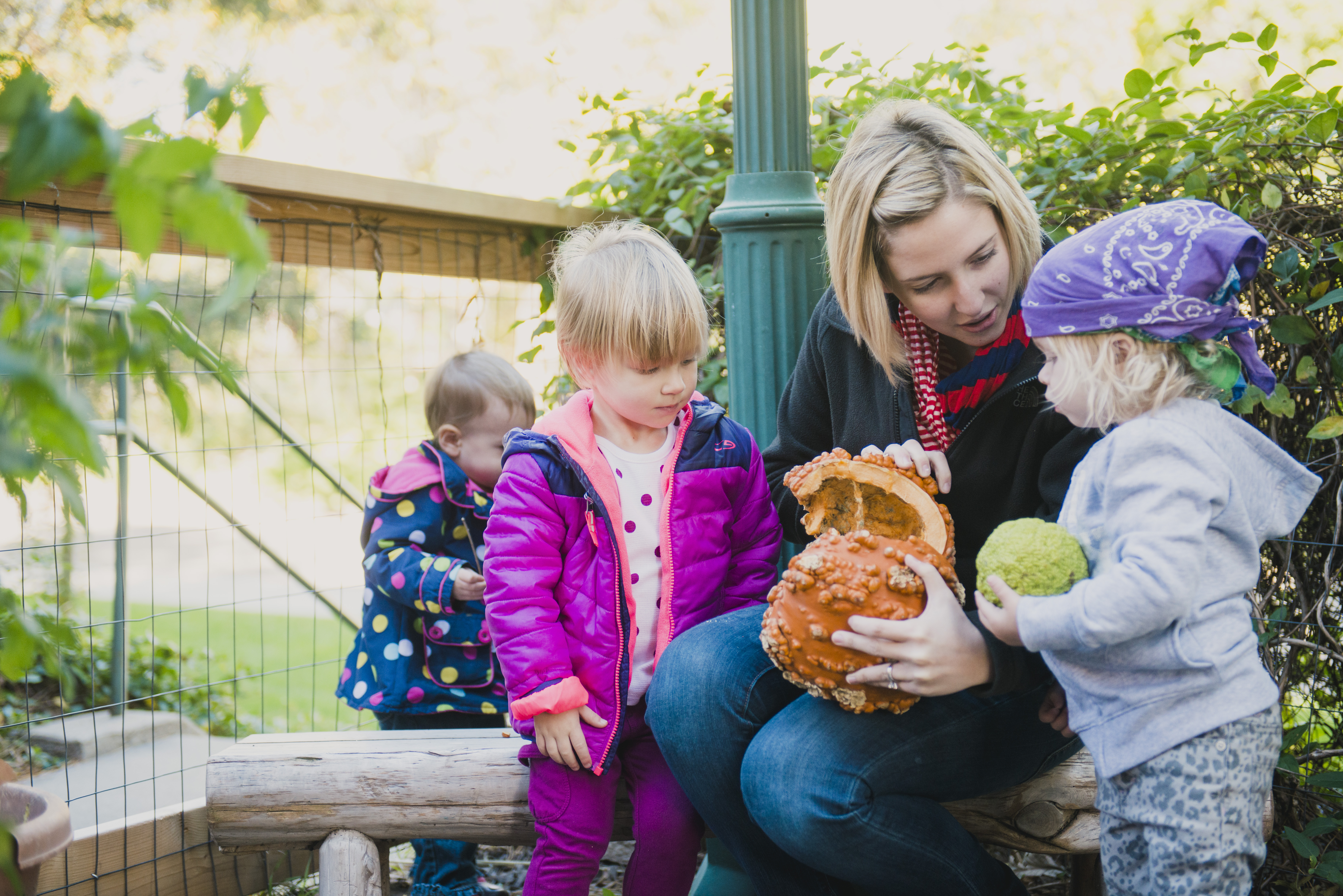Cultivating the Scientist in Every Child

Last week we discussed the vital importance of early, self-directed play to later learning and performance. We saw how Nolan Ryan transformed a childhood passion for throwing objects at targets into one of the top pitching careers in baseball history. Among applicants for NASA’s advanced engineering positions, those who had built things as children simply outperformed their equally well-educated peers in complex problem solving. Ryan’s pathway of learning was visible, the engineers’ pathways weren’t. Both paths to lifelong learning can be found in our Nature Explore Classrooms.
How can we better see, understand and work with our children on these journeys?
Compelling answers lie with David Hawkins, whom we briefly met last week. Hawkins’ theories were informed by the work of his wife Frances, herself an extraordinarily intuitive early childhood educator. For years, David and Frances tested their understandings of learning and teaching at their Mountain View Center for Environmental Education at the University of Colorado, Boulder. What follows is a greatly simplified summary of their work.
Hawkins saw young children as endlessly curious investigative scientists. Equally curious adults who are tuned-in to children’s investigations can deepen the learning. The ideas, concepts and experiences these fortunate children explore will resonate throughout their later learning, and lives. Here’s what I believe Hawkins would have said about “teaching” in our outdoor classrooms.
Play, with the natural materials that are everywhere in a well-supplied outdoor classroom, is the starting point. Hawkins preferred preexisting, open-ended materials and environments, to pre-designed materials or aids. The designed object draws less on the child’s creativity, and more on predictable play. Each natural object has an open-ended potential to inspire many possible usages, many avenues of learning. Natural materials are a draw to a child’s creativity, imagination and curiosity.
For the real, deeper learning to take place during “play,” the child must have enough time to truly explore the many paths her curiosity opens. Hawkins called this unstructured time “messing about” with materials. By messing about with objects the child can test theories about how to accomplish her goals, even as her goals shift. She learns the properties of a particular object and how it works (or not) for what she wants it to do. She learns how it interacts with other materials. She develops and revises theories based on these experimentations. The teacher observes, and interacts with the child, scaffolding the learning. Teacher and child may later review the experience; “unpacking” it. So all this “messing about,” meandering play with open-ended materials, is actually learning that is deeply felt by both the child and the teacher.
This kind of learning has three elements: the child, an adult, and the shared subject of interest. Although the adult may arrange materials for investigation, it is the child who does the investigating. Open-ended questions may be appropriate when they amplify the child’s thinking rather than divert it. Important to this process is that both the child and the adult are interested in the subject being studied. A child (or children), and an adult, all compelled by the shared subject, are the three necessary ingredients for this advanced learning.
David and Frances knew that teachers significantly impact the learning value of children’s play. A teacher who believes that “teaching” results in learning and that play is just play will not see the learning David addresses. And a teacher who has difficulty experiencing materials with the openness of a child has limited abilities to understand the child’s process, and can’t fully scaffold their learning.
How did David and Frances ensure that teachers who came to their Mountain View Center could be fully engaged with the children? The teachers themselves “messed about” with materials, both individually and in groups. They re-experienced the open-ended process of investigation that is the baseline of children’s play. Teachers would play with various objects to investigate. By fitting materials together, balancing, assembling and more, teachers made and tested their own theories. When they had rediscovered the excitement of plunging into the unknown through their experiences with the materials, they were better able to work deeply with children. And this spirit of inquiry was meant to be life-long. The best teachers are themselves lifelong learners, as were David and Frances.
Fitting this all together we have a model that might seem perfectly intuitive.
An adult, who himself has a spirit of life-long learning, engages with a young child involved in self-directed play, centered on a subject or objects that interest them both. Our Nature Explore Classrooms have worlds of opportunities for this kind of learning. Hawkins provides profoundly important pathways for adults and children on these journeys of learning.
For more information on the work and lives of David and Frances Hawkins, please visit: www.hawkinscenters.org

